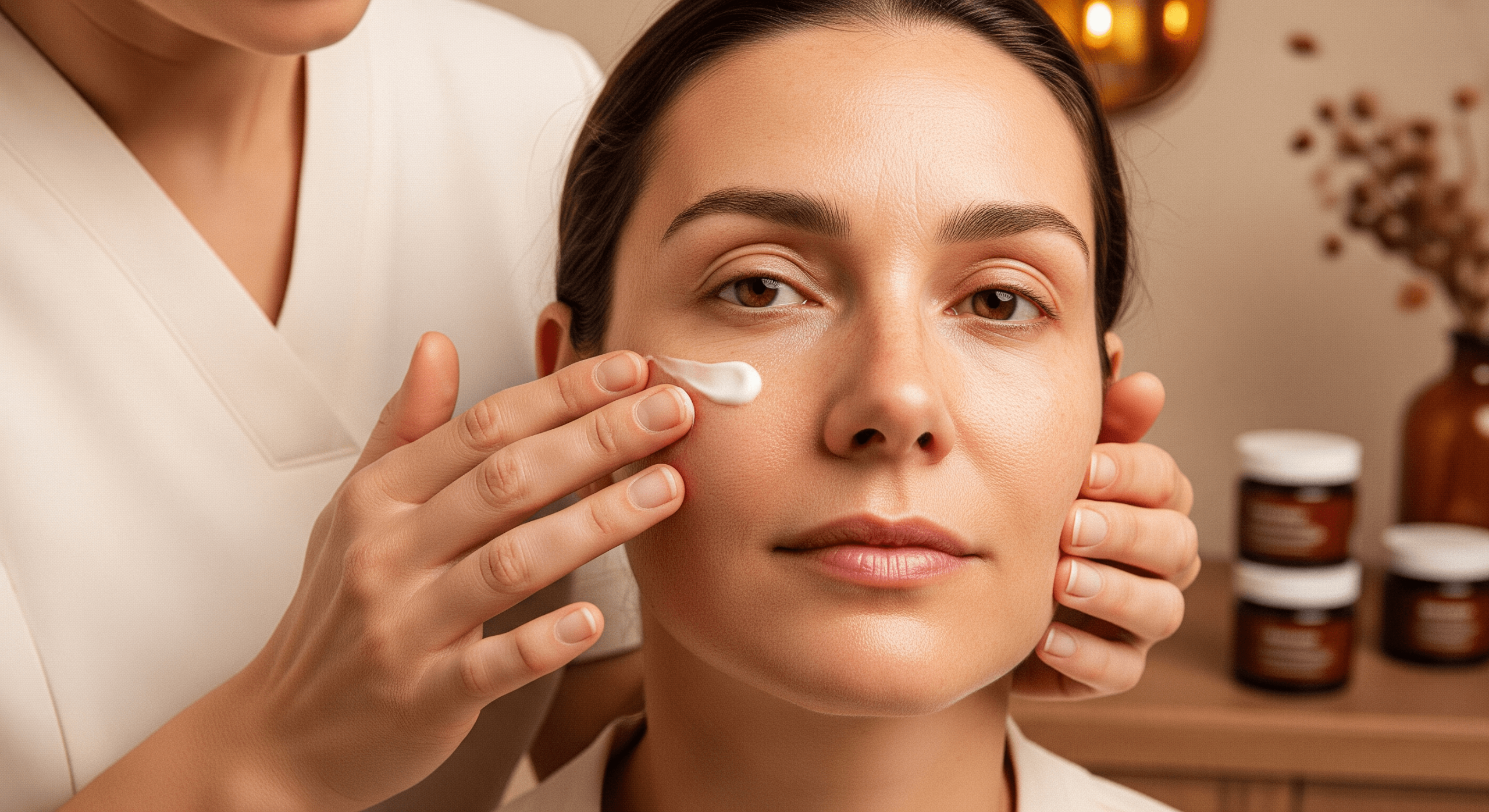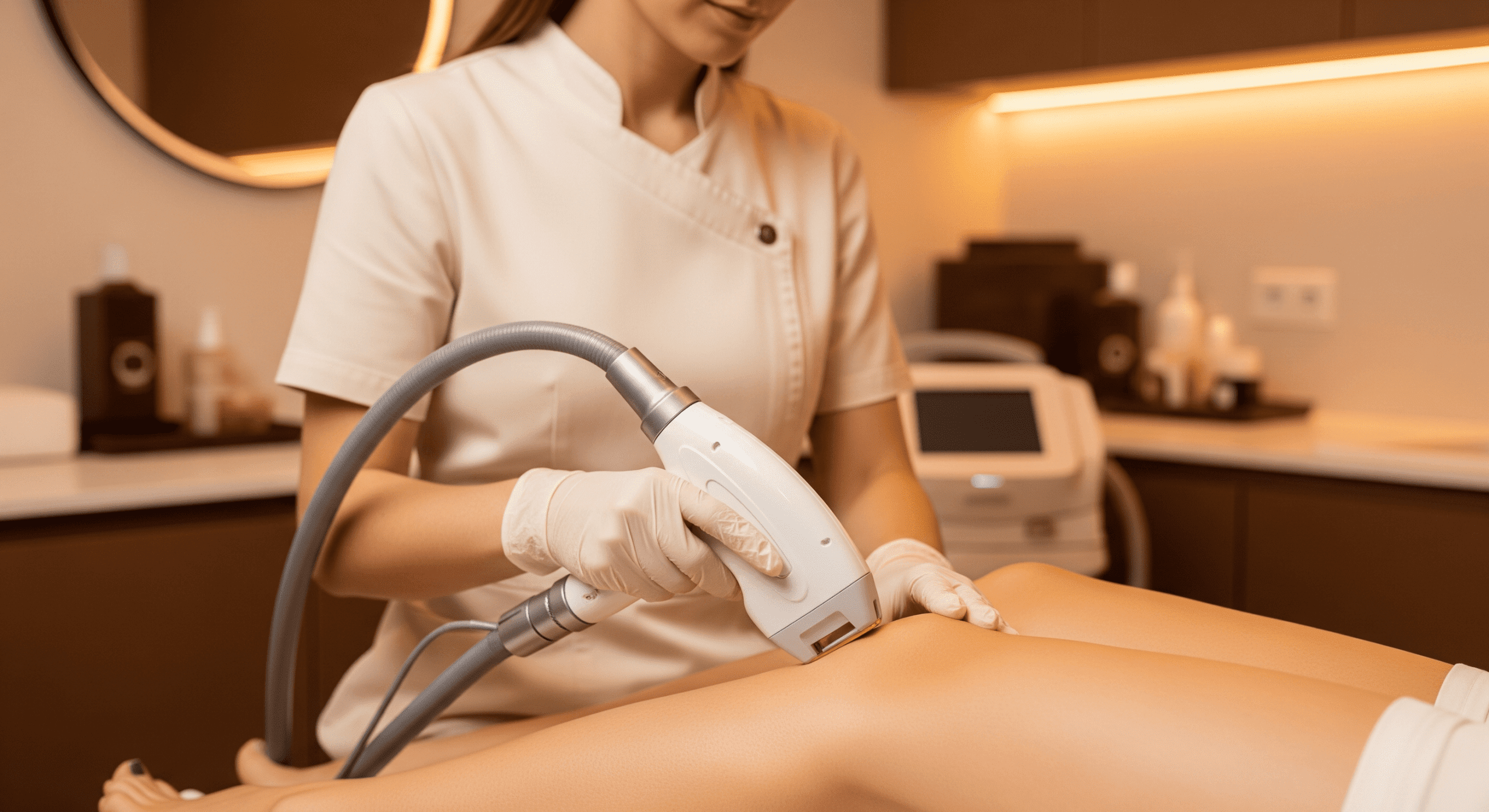Sun exposure, redness, and uneven pigmentation can make skin look older and less radiant than it really is. While topical products offer some improvement, IPL Photofacials use advanced light-based technology to address these issues at the source, providing dramatic, lasting results with minimal downtime. Understanding how IPL works—and who benefits most—will help you decide if this treatment is right for your skin goals.
Jump to:
- What Conditions Can IPL Treat?
- What to Expect During and After Treatment
- Who’s a Good Candidate for IPL Photofacials?
- Key Takeaways
- FAQs
TLDR – Quick Guide
- IPL stands for Intense Pulsed Light—a non-invasive treatment for skin discoloration.
- It targets sun spots, redness, broken capillaries, and brown patches.
- Most patients see results after a series of sessions, with little to no downtime.
- Safe for many skin types, but a consultation is essential.
- Boosts skin clarity, tone, and overall radiance.
How IPL Photofacials Work
IPL Photofacials use controlled pulses of broad-spectrum light to penetrate below the skin’s surface. Unlike lasers, which use a single wavelength, IPL emits multiple wavelengths that target pigment and blood vessels responsible for discoloration. When the light is absorbed by excess melanin (brown spots) or hemoglobin (redness), it breaks these particles down, allowing the body to naturally clear them away over time.
This process gradually fades sun spots, freckles, visible blood vessels, and redness, revealing a more even, youthful complexion. IPL also stimulates collagen production, improving skin texture and reducing fine lines for an added rejuvenation effect.
What Conditions Can IPL Treat?
IPL Photofacials are a versatile solution for several common concerns. They are most frequently used to address sun damage, including brown spots and freckles caused by UV exposure. The treatment is also highly effective for diffusing redness from rosacea, reducing broken capillaries, and improving skin tone irregularities. Some patients even report improvement in mild acne and enlarged pores, thanks to IPL’s collagen-boosting properties.
What to Expect During and After Treatment
Your provider will begin with a thorough skin assessment and discuss your goals. The treatment itself is typically quick and well-tolerated, with a mild snapping sensation as the light pulses are delivered. Afterward, some redness or slight swelling is common but usually fades within hours. Over the next week, dark spots may temporarily darken before flaking away as the skin renews itself.
A series of three to five treatments spaced several weeks apart is often recommended for the best results. With each session, improvements become more noticeable, and skin appears clearer, smoother, and more radiant.
Who’s a Good Candidate for IPL Photofacials?
IPL works best for individuals with lighter to medium skin tones dealing with sun damage, redness, or pigmentation. It may not be suitable for those with very dark skin or certain medical conditions, so a personalized consultation is crucial. Your provider will ensure the settings and protocol are safe and effective for your unique needs.
Key Takeaways
- IPL Photofacials use light to fade sun damage, redness, and pigmentation.
- Results improve over a series of sessions, with minimal downtime.
- Treatment boosts collagen, enhancing skin tone and texture.
- Not all skin types are suited—consultation ensures safety and results.
- Regular maintenance can help sustain your clear, radiant skin.
FAQs
1. How many IPL treatments do I need for best results?
Most patients need a series of 3–5 treatments, spaced several weeks apart, for optimal improvement.
2. Is there downtime after IPL Photofacials?
Downtime is minimal. Some redness or darkening of spots may occur, but these effects resolve within days.
3. Does IPL hurt?
Patients usually describe the sensation as a mild snap or flick of a rubber band. Most find it very tolerable.
4. Can IPL treat all types of pigmentation?
IPL is effective for sun spots and redness but may not address deep melasma or all types of hyperpigmentation. Your provider will assess your suitability.
5. How do I maintain my results?
Daily sun protection and periodic maintenance treatments will help preserve your clearer, more even complexion.


